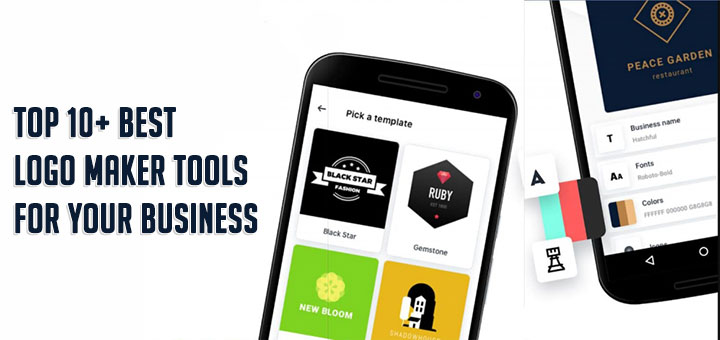How to Improve Your Online Store Navigation for a Better Customer Experience
Want more customers to buy from you? Help them find what they’re looking for fast.
Today’s customers expect a frustration-free experience when they search for products in online stores. Sixty-five percent of them say finding stuff fast is their top priority when buying online. But many stores—even those with websites that cost millions to build—aren’t giving shoppers what they want.
The solution? Better site navigation and product search tools. Before you yawn, consider what the Baymard Institute learned when it tested user experience with the product listings and filtering functions on 19 eCommerce websites:
“Despite testing multimillion-dollar sites, more than 700 usability issues related to product lists, filtering and sorting, arose during testing”
That’s an average of 37 ways to frustrate customers on each of the sites they tested.
And when customers get frustrated, they leave. Baymard’s testing found that eCommerce sites with “mediocre product list usability” had abandonment rates ranging from 67% to 90%.
However, sites that were just a little bit better at helping customers find what they wanted had much lower abandonment rates, ranging from 17% to 33%. This is good news for smaller online stores, because clearly, a huge budget doesn’t guarantee a good product search experience.
What do you need instead? A good understanding of how customers look for products in online stores now is the place to start. Then you’ll know if you need to reorganize your product categories and add new tools to your site.
How Online Shoppers Search on eCommerce Sites Today
Back in the olden days of the internet, product lists, menus and category tabs were the primary ways to find specific items. This was fine on a desktop, and there was a novelty factor to online shopping that made it kind of fun to see how categories and lists were set up.
Lists and categories are still useful, but a store that only offers those navigation tools is going to lose customers.
What changed? Smartphones, for one. Mobile screen sizes required an alternative to scrolling through sidebar lists and product filters. The other big change is that eCommerce companies like Amazon poured resources into developing new ways to search in their store, and customer expectations for speed and convenience have been rising ever since.
Shoppers now expect easy mobile site navigation. And some would rather use a search bar, voice search or a virtual shop assistant to find what they want. Here’s a quick example of how many ways customers can search a store now.

Every element at the top of Amazon’s mobile homepage offers a different way to search, including
- A “hamburger” menu icon to browse categories.
- An Alexa icon to tell the virtual assistant to find what you’re looking for.
- A cart icon to see what’s already in your basket and what you’ve saved for later.
- A search bar that uses text or voice input and offers autocomplete suggestions, even if you misspell a word.
- A camera/code scanner icon for image and code searches.
- Tabs for browsing popular categories.
Not every online store can offer all these options. But remember, even small improvements can keep more customers on your site. Let’s explore ways you can make your product search and navigation better.
Categories, Menus, Product Lists and Filters for Your Online Store
The product category tabs on your desktop site should guide your customers toward your most popular items as well as to your top-level product categories.

For example, Nordstrom’s category tabs include designer collections, sale items and brands even though those could be included as subcategories within the women, men and kids categories. But customers who like specific designers and brands, plus those who love deals, are more likely to shop if they can go right to the good stuff from the homepage.
The same principle applies to your category menus.

See how new markdowns are the top menu item for Sales subcategories? Nordstrom wants frequent bargain hunters to be able to check out fresh items fast.
If you have a lot of products, filters can help shoppers narrow their choices to a manageable number, although many customers now like to get relevant results faster in the search bar, which we’ll talk about below.
eCommerce platforms include basic navigation functions that let you set up categories and filters. But to help your customers find things faster, you may want to add layered navigation.
Read more: Top 7 Best Shopify Product Filter Apps
Search Bars on eCommerce Sites
Your store needs to have a search bar, but not just any search bar.
Why upgrade from the built-in search function? Because customers say relevant results are the most important part of a store’s on-site search, according to a survey by Digital Commerce 360 and Bizrate Insights. A search tool designed for your eCommerce platform can show customers what they’re looking for in ways a basic search can’t–and make them more likely to buy.
Features to look for in an on-site search tool are:
- Autocomplete suggestions.
- Rich search results with product suggestions and thumbnail images.
- Compensation for misspellings.
- AI-driven personalized search results.
Chatbot Assistants for Product Search
A chatbot “shop assistant” can help your customers find the exact product they need from your store, or it can offer them options. For example, if you’re looking for a blue T-shirt, a good chatbot assistant can show you several options with links to their product pages. It can learn to recognize customers and their shopping preferences for more personalized service with each visit.
Read more: 10 Powerful Chatbot Apps for Shopify
As you test out different options for improving your site navigation and search, remember to track your conversion and abandonment rates, and listen to customer feedback, so you can see which changes deliver the best results.
Source: Hostgator’s Blog








